OSPFv3 packets are encapsulated in IPv6 packets. Which of the following is the value of the Next Header field in the IPv6 packet header?
Options:
On the IS-IS IPv6 network shown in the figure:
Multi-topology is enabled on all routers.
The IPv6 address of Loopback0 on R4 is 2000::4/128.
The command ipv6 summary 2000::/64 level-2 is configured in the IS-IS processes of R2 and R1.
The command ipv6 import-route isis level-2 into level-1 is configured in the IS-IS processes of R1, R2, and R3.
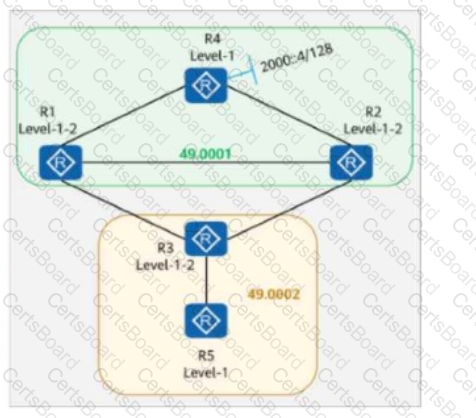
Which of the following routers have the route 2000::/64 in their routing tables?
On the OSPF network shown in the figure, a network engineer finds that R1 and R2 have the same router ID, and both have imported default routes (with the default-route-advertise always command configured). Given this, which of the following statements is false?
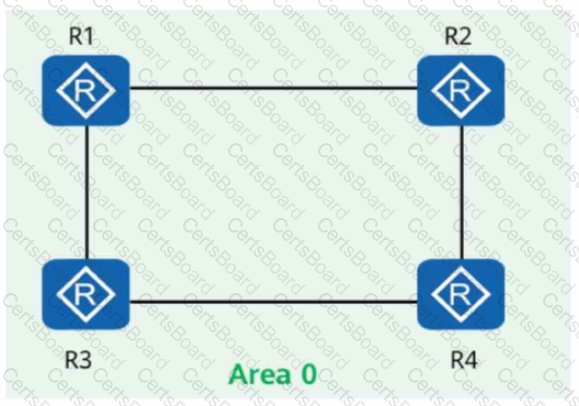
As shown in the figure, R1 to R4 are four routers in AS123. They all run OSPF to implement route reachability within the AS.
Network segments 10.1.1.0/24 and 10.4.4.0/24 are not advertised into OSPF.
R1 and R4 establish an IBGP peer relationship using Loopback0 and advertise network segments 10.1.1.0/24 and 10.4.4.0/24 into BGP.
Which of the following methods can be used to implement communication between PC1 and PC2?
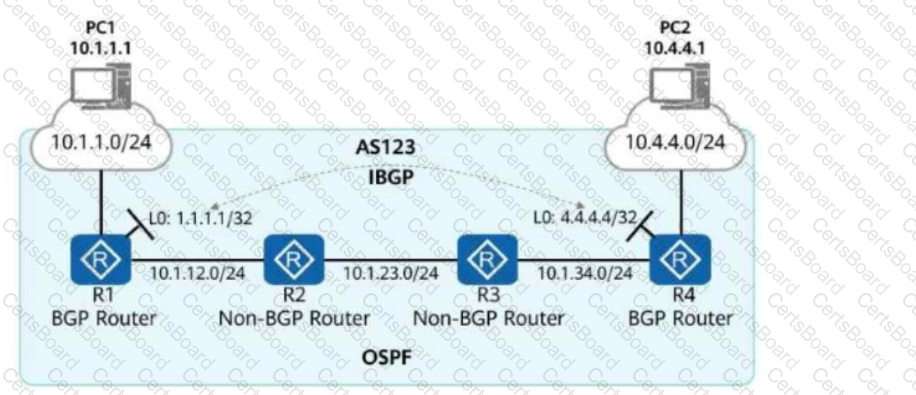
Options:
On the OSPF network shown in the figure, area 1 is a common area, area 2 is a stub area, and area 3 is an NSSA. R5 imports an external route 10.0.5.5/32. Given this, which of the following routers does not have the route 10.0.5.5/32 in its routing table?
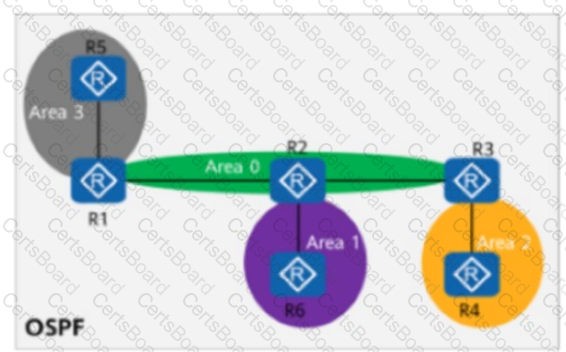
On the OSPFv3 network shown in the figure, the LSDB (Link-State Database) of R2 contains ______ Router-LSAs. (Enter only digits.)

IS-IS LSP fragments are identified by the LSP Number field in their LSP IDs. This field is 4 bits long. Therefore, an IS-IS process can generate a maximum of 256 LSP fragments, which means only a limited amount of information can be carried. By adding additional system IDs, you can enable the IS-IS process to generate more LSP fragments.
Options:
On the network shown in the figure, IS-IS IPv6 runs on R2, R6, and R3, and the IPv6 address of Loopback0 on R6 is 2000::6/128. OSPFv3 runs on other links. Area 1 is a stub area, and Area 2 is an NSSA. IS-IS routes are imported to OSPFv3 on R2 and R3. Which of the following statements are false?
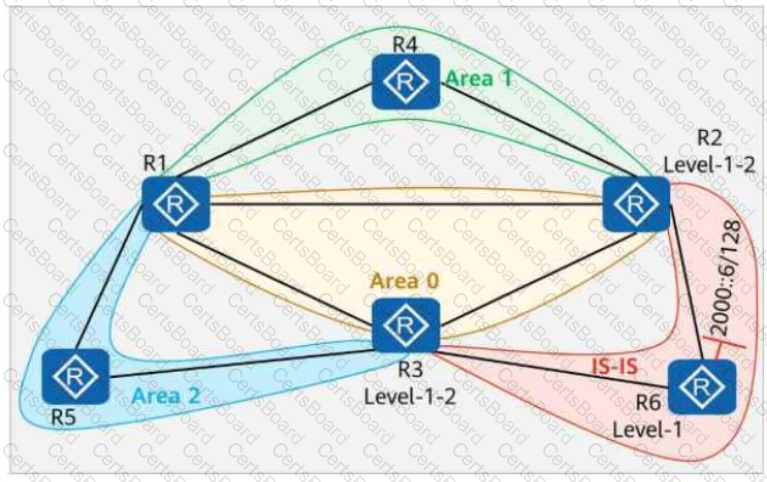
On the network shown in the figure, PC1 and PC2 are connected to the same switch (SW1) and belong to the same VLAN.

Which of the following are possible causes of a communication failure between PC1 and PC2?
Options:
On the network shown in the figure, single-hop BFD is configured on R1 and R2.
A network engineer finds that the BFD session goes down. To locate the fault, the network engineer queries the BFD configurations on R1 and R2.
According to the configuration information marked in the figure, it can be determined that mismatched time parameter settings on R1 and R2 cause the BFD session to go down.

Is this statement TRUE or FALSE?


